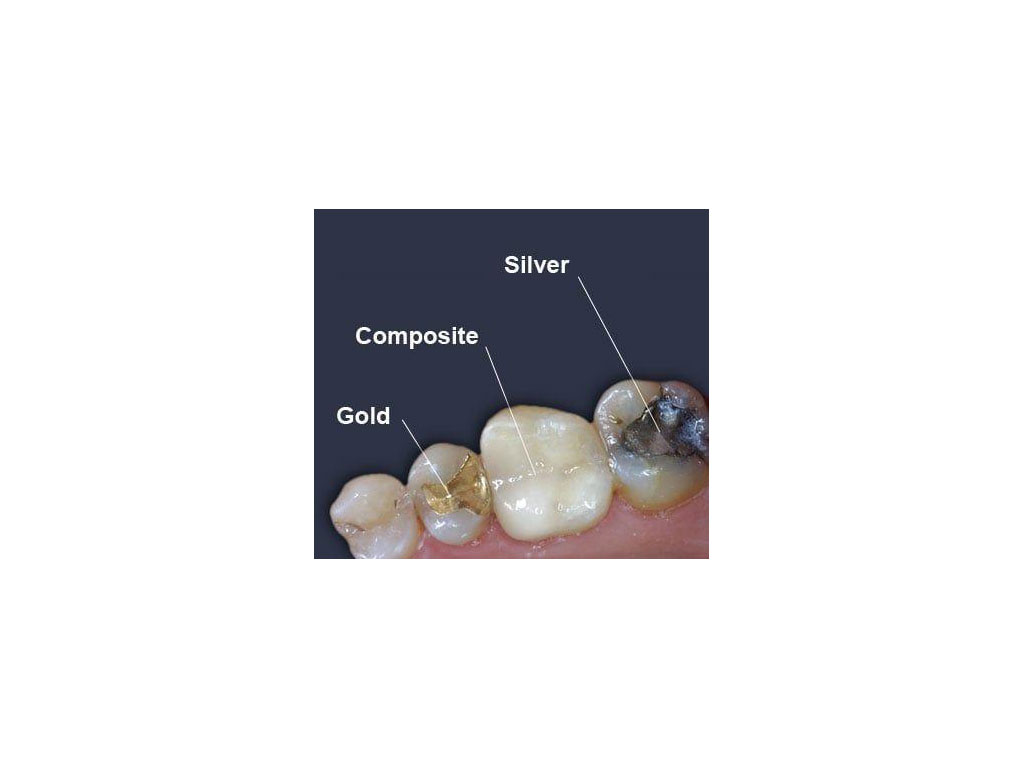

Restorative Dental Treatment (Filling Treatment)

It is the cleaning of dental caries and the filling of the resulting gap (cavity) in the teeth with an artificial filling material.
Once tooth decay is detected, it must be treated without wasting time. Treatment of tooth decay is done with dental filling. Dental filling is a practice that aims to give the tooth its natural shape before decay by filling the gap with suitable materials in order to ensure aesthetics and function after cleaning the tooth decay. When choosing the dental filling material to be used, the position and function of the tooth are taken into consideration. Since the chewing function occurs mainly in the area of the molars, these teeth are subjected to greater pressure. For this reason, when filling molars, more durable dental filling materials should be used compared to front teeth. For front teeth, a dental filling material that is compatible with the color of the tooth is preferred so that the filling is not noticeable as much as possible.
FILLER TYPES
Amalgam Filling / Composite Filling / Porcelain Filling
Generally, as a filling material in dentistry; amalgam, composite, compomer or porcelain fillings (inlay-onlay) are used.
AMALGAM FILLING
It is a mixture of mercury with silver, copper and tin. This mixture, which was used routinely in the past, is now slowly being abandoned due to aesthetic concerns.
COMPOSITE FILLER
Composite fillings; It consists of the combination of different substances. It can be shaped into plastic and hardens with ultraviolet (UV) light. This is why it is called radiant filling among the public. It is a filling material routinely applied in our clinic and in developed countries. It has a high aesthetic success rate, especially in the front teeth.
Advantages of Composite Filling
With composite fillings, teeth that could only remain in the mouth and maintain their integrity with porcelain veneers can now display a highly aesthetic appearance without the need for veneers.
- Application can be completed in a single session.
- Since there is no need to remove much material from the tooth before placing the filling, they do not cause loss of dental hard tissue.
- Even very small cavities can be closed.
PORCELAIN FILLING (Inlay-Onlay)
Porcelain fillings are a filling method used to preserve healthy tooth tissue in patients who have a lot of material loss and who need to reduce the entire tooth and apply a crown. It is preferred over amalgam fillings because it is more aesthetic and useful.
Advantages of Porcelain Filling
- It has a long-term use and is durable.
- The renewal time is very long.
- It is extremely aesthetic.
- The hardness of the material is very close to the hardness of tooth enamel.
- It is extremely resistant to chewing forces compared to composite fillings in the back teeth (molars).
- Since the cavity is prepared, measurements are taken and prepared in the laboratory, it has a perfect tooth fit.








